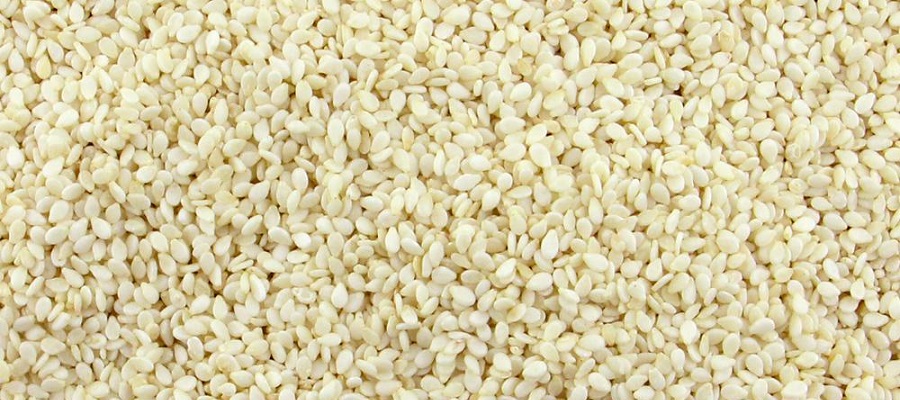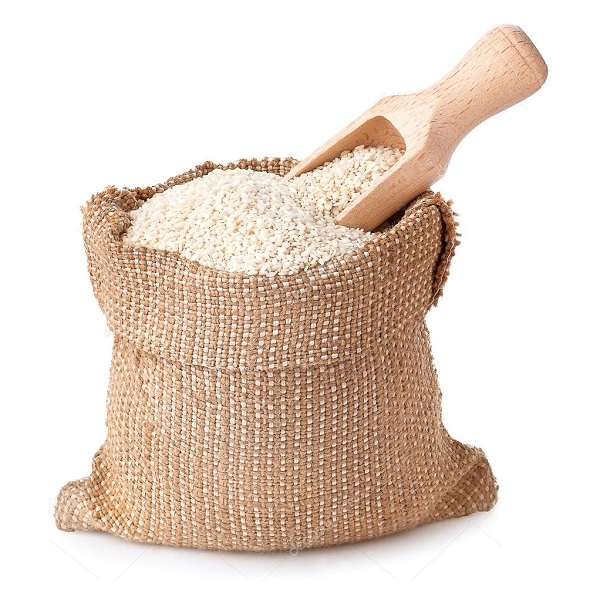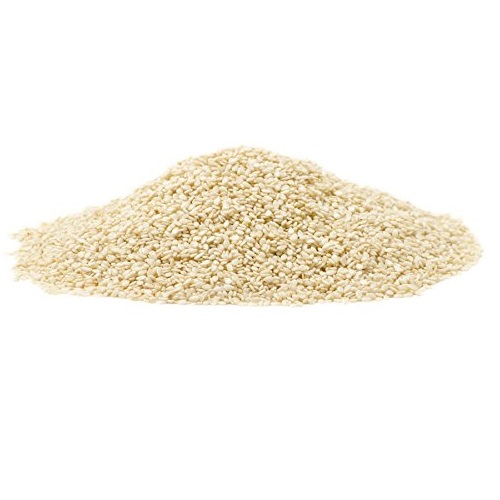Our supplier offers high-quality sesame seeds and ships all worldwide. We do FOB port deals and prepare all of the commodities for you.
Sesame seeds are often hidden in baked goods. But the small grains have no reason to hide: they are full of healthy ingredients. Here you can find more background information on the ingredients of sesame seeds.
Sesame seeds originally come from South Asia. Today, the oil plant is grown in many tropical and subtropical countries around the globe. In our country, white sesame seeds are certainly the best known - but there are also brown and black sesame seeds. The different varieties taste different and the nutritional composition also varies slightly.
Sesame: nutritional values and ingredients
The name oil plant already gives it away: sesame seeds contain a lot of fat. Here are the nutritional values per 100 grams of sesame seeds (source: FoodData Central database):
- Calories: 567 kcal
- Fat: 48 g
- Proteins: 17 g
- Carbohydrates: 26 g
- Dietary fiber: 17 g
The fat in sesame seeds consists largely of monounsaturated and polyunsaturated fatty acids. These in turn are mainly composed of oleic acid and linoleic acid, an omega-6 fatty acid.
Sesame seeds also contain many vitamins and minerals. For vegetarians and vegans, sesame seeds are particularly interesting because they contain a lot of iron and calcium. In addition, sesame provides us with various amino acids, the B vitamins B1, B2 and B6, vitamin E and magnesium, phosphorus and potassium. Thereby, black sesame contains slightly more of most nutrients than white sesame.
Sesame during a diet: how it affects health
Sesame provides vegetarians and vegans with important iron and calcium, but has other beneficial properties:
- Sesame seeds contain antioxidants, including vitamin E. These substances protect our cells and are thus said to prevent numerous diseases.
- Linoleic acid is an essential fatty acid that your body cannot produce itself and must take in through food. Among other things, it is important for the skin and shows an antioxidant and anti-cancer effect in animal studies. However, it is important for the positive effect that omega-6 fatty acids such as linoleic acid are always in the right ratio to omega-3 fatty acids in your body. Therefore, make sure that you consume enough omega-3 fatty acids. They can be found, for example, in flax oil and flaxseed and in walnut oil.
- Since sesame seeds contain a lot of fiber and protein, they are very filling.
Caution: Sesame seeds are a strong allergen. If you are allergic to sesame, you should avoid it at all costs.
In the kitchen you can use either sesame seeds or sesame oil. The latter is available cold pressed or refined. Cold-pressed sesame oil tastes nutty and contains many healthy nutrients. Refined sesame oil, on the other hand, can be heated to high temperatures and stored for a long time. Since it tastes neutral, you can combine it with many foods.
You can roast sesame seeds very well, which makes them taste stronger. Sesame oil also tastes particularly spicy when it is made from roasted seeds.
So you can use sesame seeds or sesame oil in the kitchen:
Cold-pressed sesame oil tastes delicious in a salad dressing. It goes especially well with Asian food.
Refined sesame oil is good for frying.
If you bake bread or rolls, you can add sesame seeds to the dough or sprinkle them over the dough before baking. A mixture of light and dark sesame seeds is especially nice.
You can also garnish salads and Asian stir-fry dishes with sesame seeds.
When you blend sesame seeds and oil together, you get a creamy paste called tahini. Tahini is a great ingredient for oriental creams like hummus.
You can use sesame seeds to make delicious, satisfying sweets. In the Arab world, people like to eat halva or bars made from sesame seeds and honey.




